No, this is not a new RED’s sensor swap/ upgrade, but an exceptional brilliant experiment that anyone can do at home. The nerdy mind of Nikolas Moldenhauer has invented this. This video will show you how to transform your super 35 APS-C camera into an ALEXA 65 sensor sized camera, and it’s simple as hell.
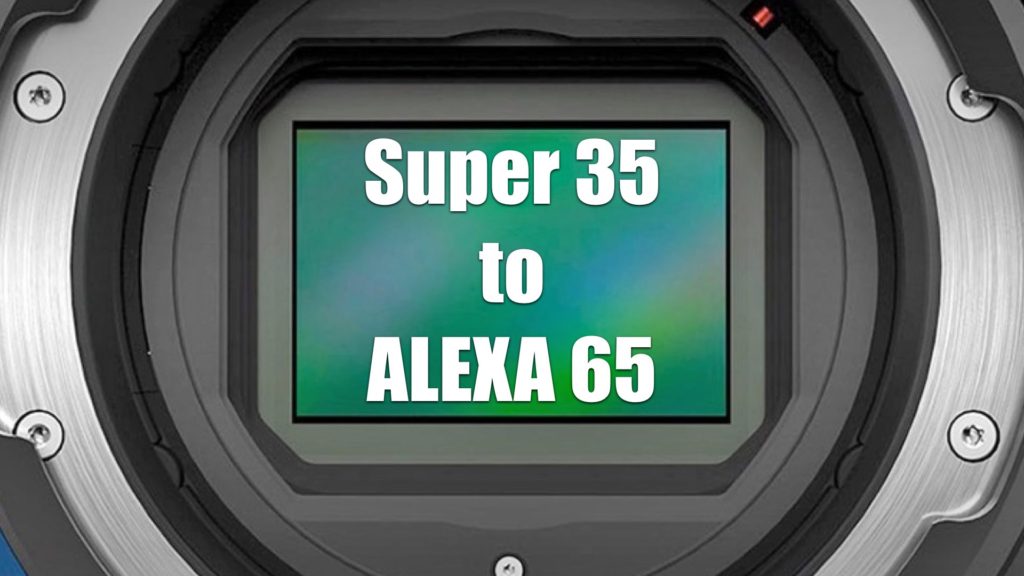
65 is bigger than LF
It’s important to mention that the ALEXA 65 is a huge sensor (three times bigger than the super 35 sensor) and thus it is a rental only product.
Shooting in larger sensor size than super 35 like the ALEXA 65, ALEXA LF, Monstro, Canon C700 FF (which we wrote about it before) and Mavo LF, grants many advantages like reduced noise, more bokeh, visual compression without distortion, greater FOV and more. That’s the reason that shooting on large sensor size became a filmmaking trend.
However, those big sensors are expensive, and the cameras behind them as well. For example the ALEXA 65 is a rental only product.
“Transforming “the super 35 into 65
The experiment is a reposition of a smaller sensor behind a medium format lens, to allow capturing an Alexa65 equivalent sensor size.
Building the rig
Nikolas took his Panasonic AU-EVA1 (super 35 sensor), and installed it vertically on a special rig that allows controlled horizontal movement that covers almost same area as the 65 sensor.
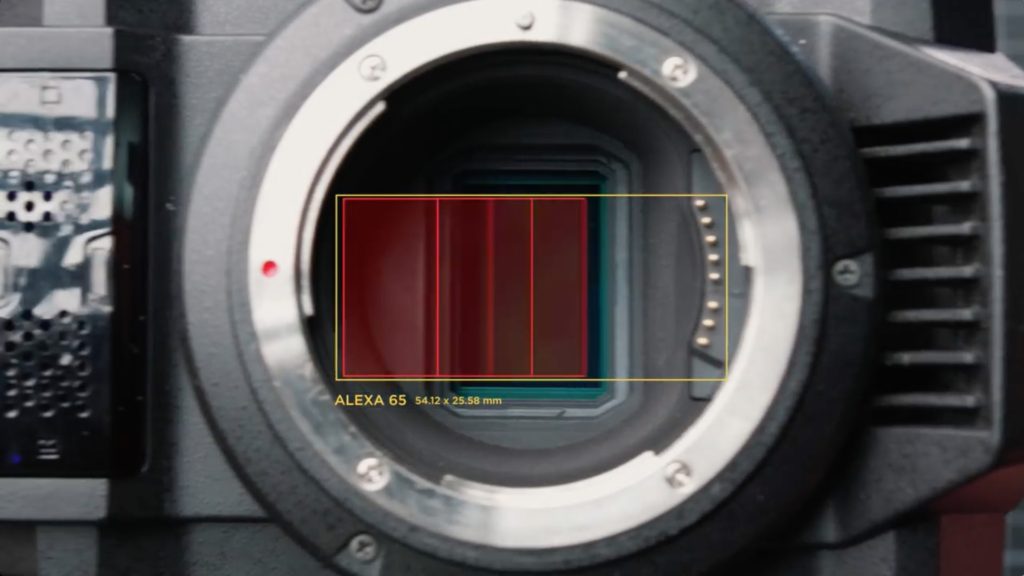
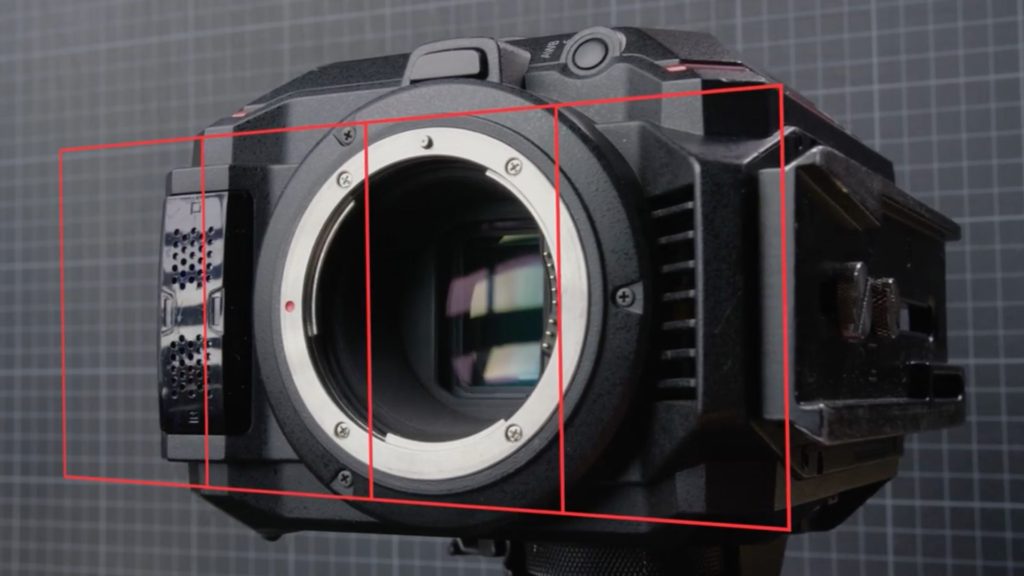
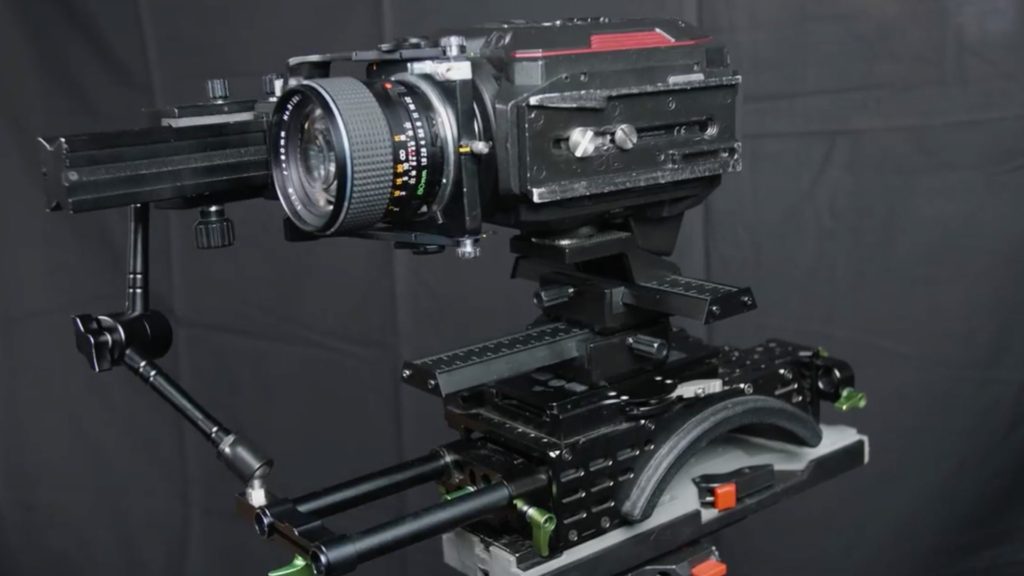
Choosing the lens
One of the challenges was to choose a lens that can cover this large sensor. Important to note that it’s significant larger area than Full Frame sensor. Nikolas chose the Mamiya-Sekor C vintage medium format lens.
Shooting
Nikolas shot 5 segments. Each segment covered different potion of the lens with some overlapping, than all were stitched together in After Effect.
Watch the video below to explore the experiment:
The results
Well, the results were quite impressive. The “EVA 65” footage speak for themselves. In order to examine the original footage you can download them from here, but be aware that it’s a 10 GB file. If you want to examine one frame than press here.
Final thoughts
Note that this is a lab experiment, means that it’s dedicated to a controlled environment only. It’s not recommended to shoot your next paid gig with it. I personally would like to thank Nikolas for this educating experiment. You can follow him on his cool YouTube channel .



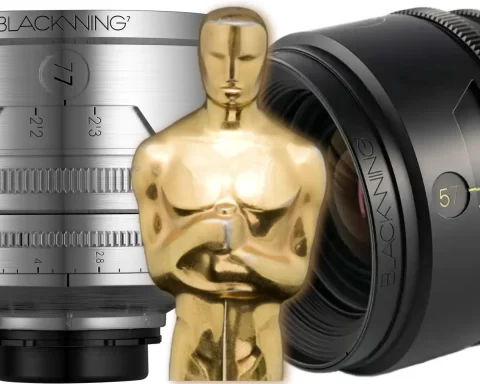
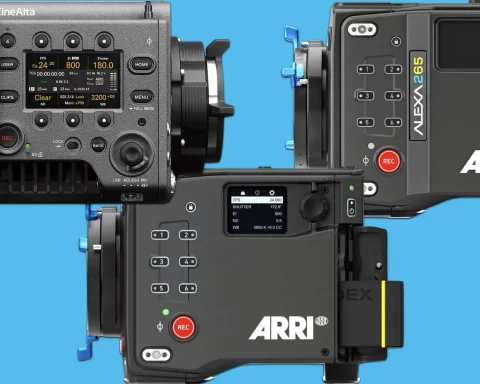
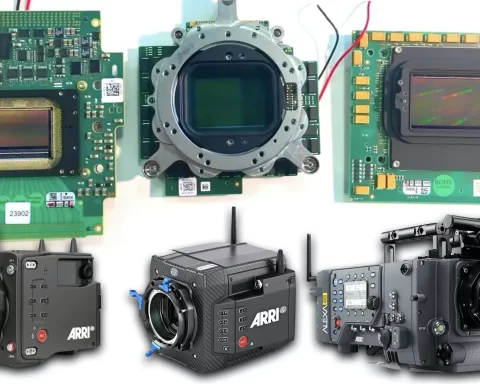
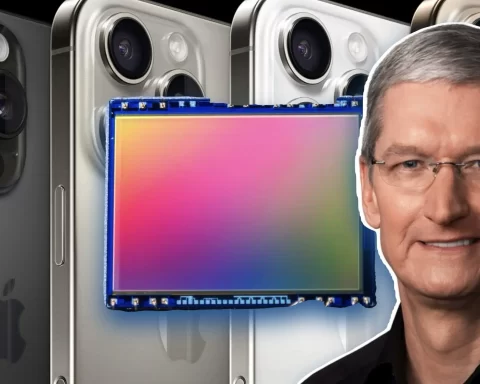



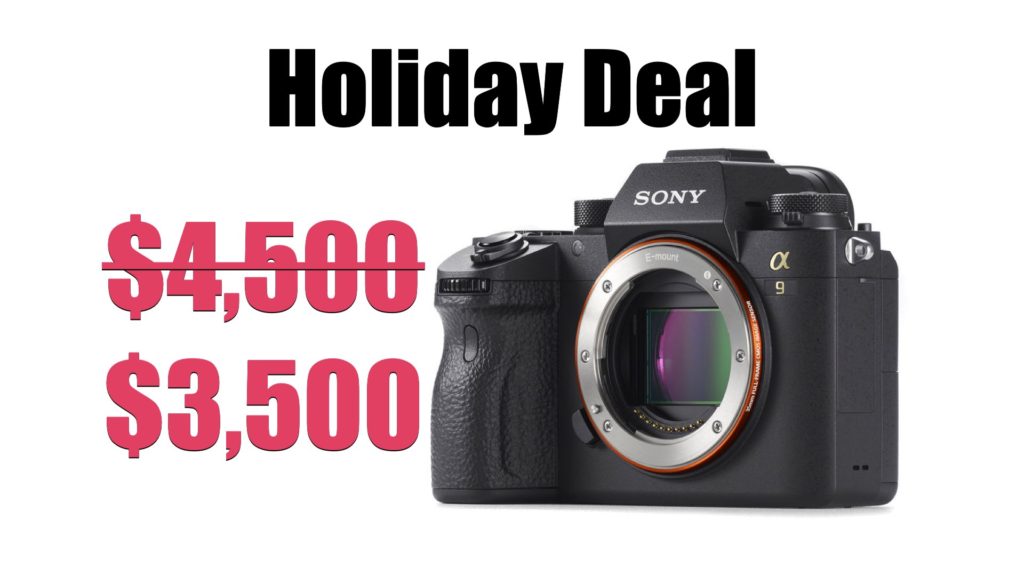

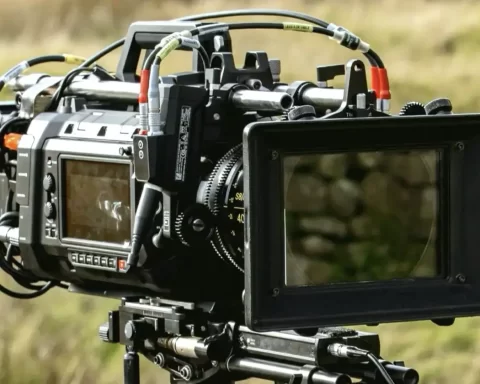
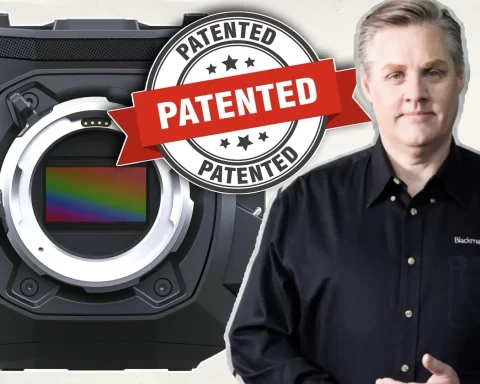
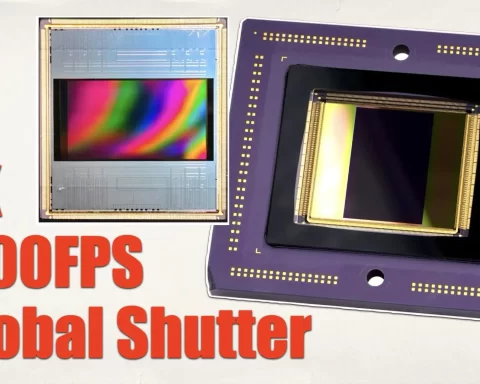

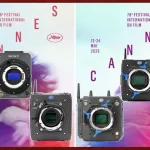
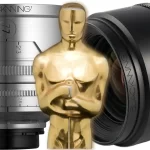
If you start an article talking bout how Alexa 65 is rental only and big sensors are expensive, giving us hope that maybe what you’re about to reveal will give us a comparable alternative. Then you show us about media division’s experiment which cannot be used to film moving things…I mean…it turned out to be false hope.